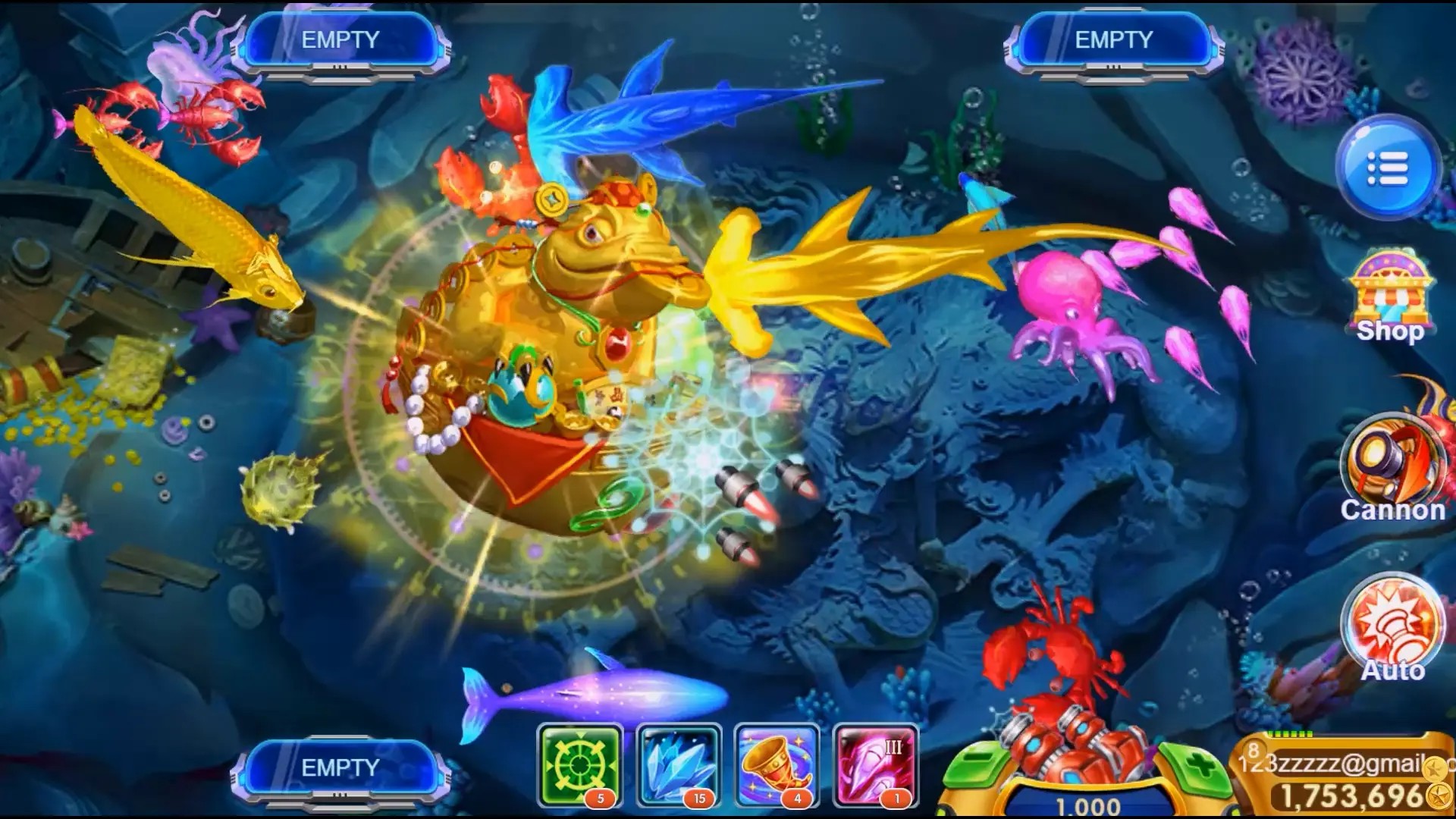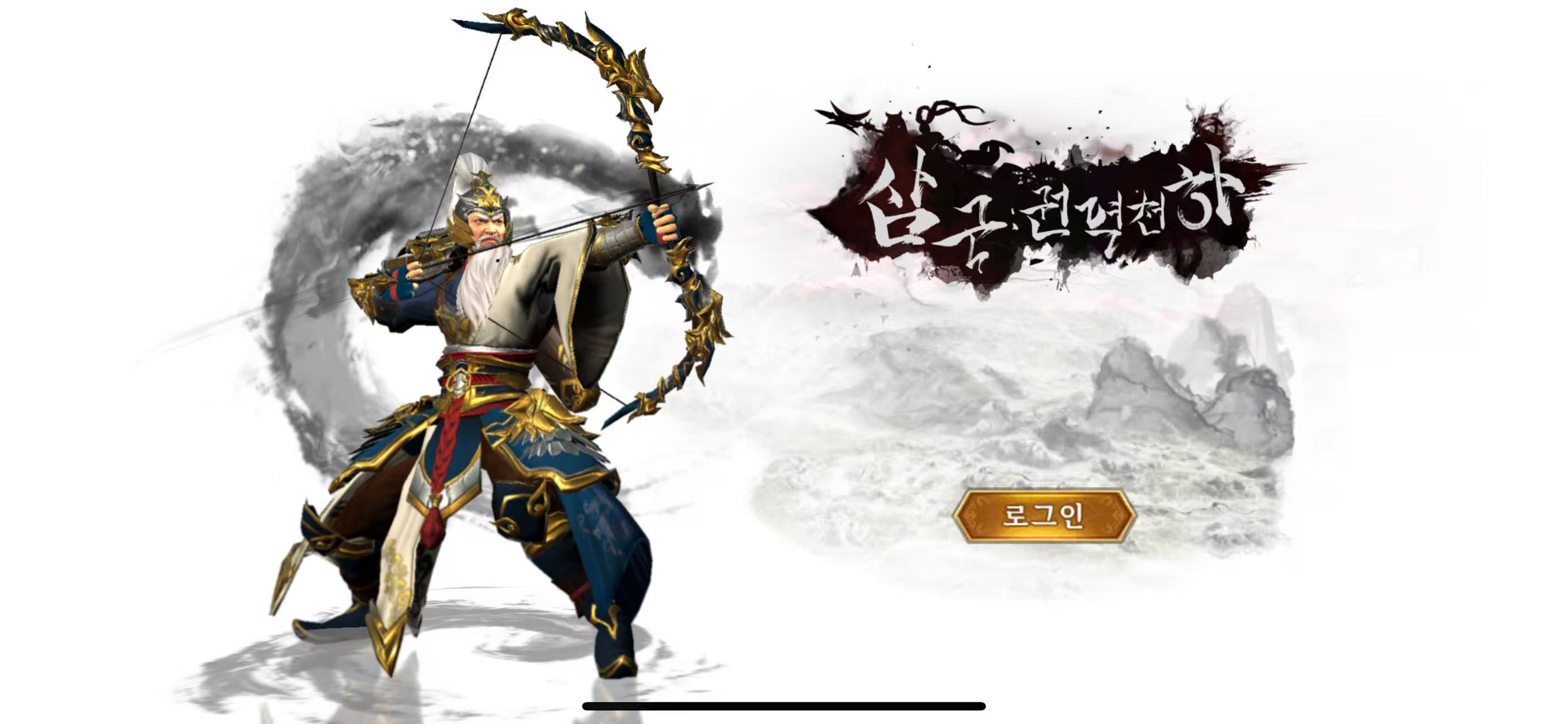Rising Popularity of Mobile Open World Gaming: Why Gamers in Kazakhstan (and beyond) Are Hooked
If you’ve ever spent an entire Sunday roaming around the digital wilderness of your favorite game, there’s no surprise. The open world phenomenon has made significant waves not only on PC and consoles but now also **in mobile gaming**. It used to be unthinkable that smartphone titles could replicate this kind of richly crafted universe—but here we are, tapping our screens for endless adventures across sprawling virtual domains. From bustling post-apocalyptic cityscapes to enchanted medieval landscapes teeming with secrets, these experiences are drawing in gamers globally. And Kazakhstan's gaming crowd is catching up faster than expected!
| Trend | Impact Level in 2024 (CIS Countries) | Mentions in Local Gamings Circles |
|---|---|---|
| 3D Exploration Mechanics | High | Strong community chatter |
| In-game economy and social interaction | Viral | Frequent discussions online & offline |
| Cross-multiplayer open worlds | Emerging Trend | Sudden spikes on TikTok/Kundak boards |
A New Era For Gamers on The Go: What's Driving This Surge?

Gone are the days when mobile gameplay revolved around tap-based timers or casual puzzles that lasted five seconds. Now players demand immersive, persistent spaces — and devs have risen to the occasion with jaw-dropping creativity and execution speed.
- The ability to **explore at one’s own pace**, breaking down story beats however suits you personally.
- Digital discovery—uncovering hidden items, Easter eggs, or NPC arcs without following tight railroaded paths.
- Multi-layering of mechanics like survival, resource gathering and base construction within the same universe—a la clash of clans / rama hybrids.
Even older franchises from past decades—take those early mobile RPG titles from around 2018—have been reborn through reimagined open structures on handheld devices. Nostalgia blends smoothly into novelty thanks to better engines, smarter A.I., and real-time streaming tech upgrades. In short: today's mobile phone is basically a pocket PC capable of running miniature metaverse-style playgrounds daily.
Kazakhstan’s Mobile Market: Quiet Yet Explosive Growth Behind The Numbers
We can't ignore Kazakh users anymore in regional analysis. Though not yet dominating app stores as Chinese, Korean, or Western developers once did—it turns out many young Kazkh users are diving straight into complex systems via smartphones with confidence few anticipated two years back.
The appeal comes down to:
- The allure of **building vast territories alone OR collaboratively**, akin to old favorites such Clash of Clans—but modernized.
- Economy-driven interactions. Players trade goods inside global servers, negotiate alliances, create custom empires, etc. Social immersion drives longer engagement far more effectively than mere combat metrics
- Free-tier flexibility meets premium depth, making games more inclusive financially even while retaining high-quality production standards.
Clash Comparisons: Why Do We Love Clash-Touched Experiences? Clan Wars, Territory Exploitation
| Game | PvP Focus Score (Scale: low/medium/high) | Solo Campaign Depth | User Rating Avg. (Play Store / APKPure Avg 2024) | Player Base Stability % |
|---|---|---|---|---|
| Clash of Clans | High | Medium | 93% | 86 |
| Roma Cluster Expansion Mod | Moderate | High + Lore-Rich Story Quests | 78% (niche/mod-based title) | 49 (due to mod stability concerns) |
| NewGen Fantasy Odyssey | Moderate | Deep Open World Quest Trees | 81% - growing trend | 75 (stable server-wise) |
| Last Outpost Survival MMO | Low | Extremely detailed procedural content | 85% | 66% |
- What Makes “Classic Clash" Still Relevant?
Its simple charm meets competitive strategy in tiny skirmish formats ideal even with mid-level Android setups. - New Frontier – Open World RPGs:
These offer deeper role-play options alongside expansive maps to traverse solo and co-op.
Beyond Combat Mechanics – Player Autonomy as An Emotional Hook
The emotional connection players build in an *open environment versus linear storytelling* makes all the difference. Letting a user define their goals within a flexible boundary fosters loyalty and prolonged retention.
Psychological factors behind autonomy preference:
| Factor | Emotional Effect in Open World Design |
|---|---|
| Creative Expression | Players build bases, decorate homes, forge unique paths even beyond scripted narratives |
| Ownership Sensation | Owning virtual land or character progression feels deeply satisfying vs. passive quests |
| Purpose Driven Choices | Instead of following arrows, decisions drive consequences. This sense of personal consequence deepens immersion |
In regions like Central Asia where economic barriers still impact gaming accessibility choices, allowing freedom of customization helps offset higher price walls that would usually push local populations off premium releases completely.
"From Pixelated Grids To Living Ecosystems – Technical Breakthroughs Enabling Openness"

We're no longer confined to top-down view grids or repetitive tile-maps with randomized loot placements. The current generation brings us full-scale 3D terrains generated procedurally or loving handcrafted biomes packed with lore.
H3 Tag Used Here For Styling Test – Not Just Headlines Matter For SEO!
This evolution means things like terrain variation algorithms that allow dynamic weather simulation in battle zones and AI-controlled NPC tribes that remember how they previously interacted based on your in-game decisions aren’t science-fiction gimmicks. Real examples found in games being played by younger demographics today show promise way beyond just fancy lighting tricks.
- Adaptive ecosystems responding in real time to player behavior e.g., poaching wildlife depletes local food resources.
- Day-and-night cycling influencing both enemy spawning AND environmental risks
- Realtime territorial changes depending on who gains dominance in large faction battles.
"In essence," says Almaty-based mobile dev Marat Zharkenov, speaking via Telegram interview, “players seek agency—not instruction. Give 'em space to choose failure, explore dead ends, lose a day chasing rumor-bound locations—and then celebrate those unexpected outcomes. That’s when games become worlds."
Mobile Device Evolution: Powering More Than Candy Swiping
| Data Points Across Central/South East/EU Zones 2024 | |||
| Region | Ram Specs | GPU Capability | % Of Open World Game Optimization Feasibility Rate |
|---|---|---|---|
| KZ | South Korea Hybrid Devices Sample | =4–6GB Average | mPower Vulkan support enabled ~ Mali-G76/SGX Types | Optimization Possible 87%- Low Framerates Slight |
| Vietnam | ~3 GB Entry-Level Majority | Mid-range Arm Gpu Models | Playable But Limited Graphical Options |
| Nordic Zone | 6+ GB Most Common Phones | Xclipse Series Chips Dominance | Full HD Quality Achieved In OW Portals |
| Türkiye & Russia Mix | Diverse Range (1–6) Depends on Import Conditions & Budget | Sometimes MediaTek, Often Google Pixels in Urban Hubs | Varied Output Based On Build Configurations (75% Optimized Playable State w/Patched Versions) |
List Summary Of Current OW Advancements
- Dynamic environments simulating realistic weather cycles, affecting missions.
- A.I.-run societies reacting uniquely to different players, avoiding repetition fatigue.
- Innovative multiplayer frameworks merging PVE exploration & player-hosted events seamlessly
- Evolving crafting systems where rare materials depend on exploration depth
'Clash-Inspired Open Worlds': The Cultural Appeal of Strategic Empires Online
A fascinating blend emerged over years. Once strictly turn-by-turn clash-centric designs have morphed into **hybrid forms mixing sandbox territory manipulation with real open field navigation** features never considered in older war-games. Titles like modified versions of Clash of Rama mods circulating unofficially have drawn attention due to sheer scale possible within clan-conflict models expanded ten-fold into massive shared universes.
- Lands grow organically based on tribal population levels, forcing strategic placement of strongholds.
- Alliance-based quest arcs unlock new regions only after major victories
- NPC merchants migrate seasonally creating mini-economies in contested borderlands.
- Invasion seasons rotate every three weeks introducing fresh objectives dynamically across maps
- RPG resurgence on smartphones isn’t a fad—it reflects matured mobile computing power and creative ambition matching classic PC builds
- Open-world design isn't simply visual scale – it's behavioral diversity in player choices and meaningful interactivity within the system.
- Clash-based titles have inspired newer genres incorporating free-form building and exploration modes.
- In Kazakhstan, despite infrastructure limitations, users continue adapting quickly — driving indie and mainstream growth simultaneously.
- Looking ahead to next-gen possibilities (VR integrations, cloud progression layers), mobile gaming is set to dominate more experiential frontiers.
Navigating App Stores – How to Spot Great Titles Among The Churn
Balancing Accessibility & Rich Gameplay – The UX Conundrum Developers Must Crack
Too often do we see promising titles fall apart after launch because they failed one vital mission: balancing freedom with intuitive direction. You can have beautiful sandboxes, but without subtle guiding hands nudging the audience forward, even the grandest virtual frontier will feel...empty.
Telltale Success Patterns
🟡 Proper contextual hints blending organic world elements vs UI pop-ups.🌱 Environmental storytelling (abandoned caravans = clues about raiders) reduces heavy exposition loads.
⏳ Optional pacing tools (daily contracts don’t overwhelm but add rhythm).



